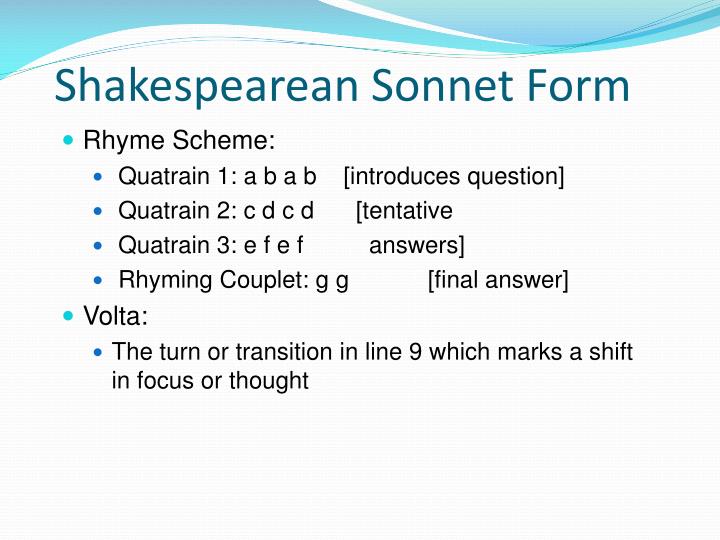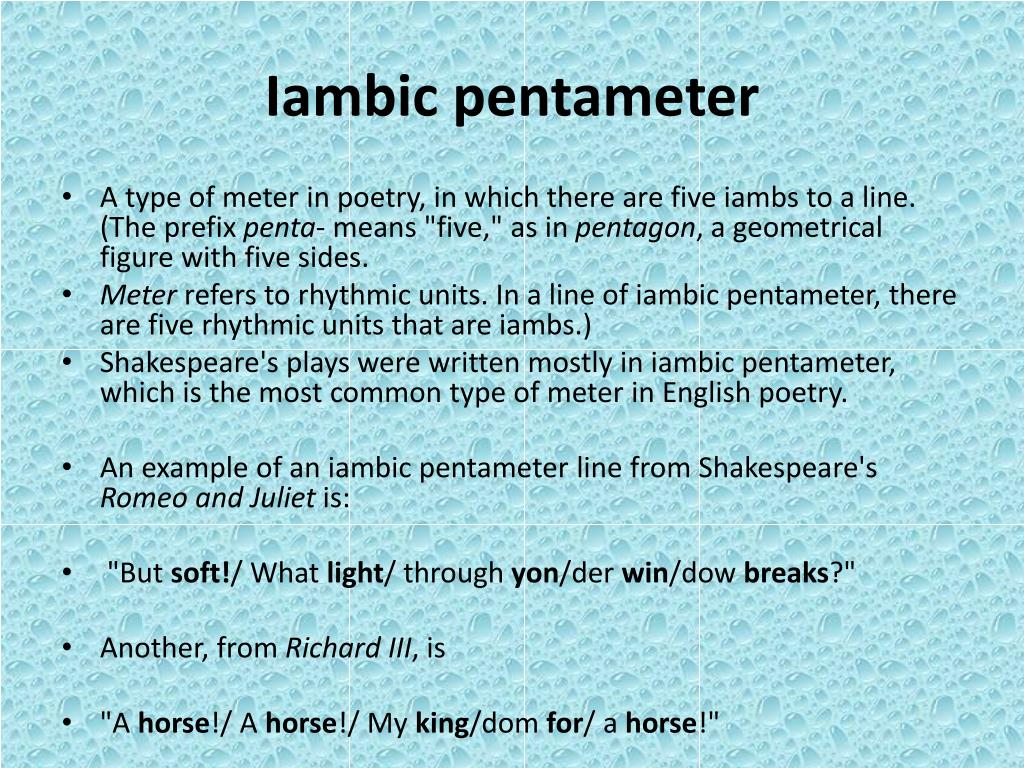
Some people believe that Shakespeare wrote this sonnet for a man, but no one is sure. It deals with the themes of beauty and love but also of the timelessness of art. Sonnet 18 is one of Shakespeare’s most famous sonnets. This couplet, the last two lines of the poem, reveals the entire point of the sonnet: The speaker does not need to exaggerate the beauty of his mistress to love her deeply. It’s almost an insulting poem until you get to the final two lines:Īnd yet, by heaven, I think my love as rare

Her breath is not as lovely as perfume and may even have an unpleasant odor. Not every Shakespearean sonnet lets the form control the meaning in this way, but many do.įor example, in Sonnet 13, the first 12 lines are making ordinary and even unfavorable comparisons about the beauty of the speaker’s mistress. Then in the final couplet, the true meaning of the poem is revealed. The three quatrains that make up the first 12 lines explore a common theme. In the example below, one of Shakespeare’s most famous sonnets, he collapses several words with apostrophes so they fit within the requisite number of ten syllables per line: the two syllables of owest down one for ow’st, the three syllables of wanderest down to two for wand’rest, and the two syllables of growest down one for grow’st.In many cases, the Shakespearean sonnet form also affects the content of a poem.

Iambic pentameter also de-emphasizes the rhyme at the end of each line, since it falls on one of the regularly accented syllables, therefore giving it no more weight in the line than any of the other accented syllables.

This allowed the flow of each line of poetry to seem as familiar as possible to both readers and listeners. Writers in Shakespeare’s era believed that iambic pentameter most closely matched the normal speaking patterns of native English speakers. Each line is written in iambic pentameter, meaning that each lines contains exactly ten syllables, every other one accented. Shakespeare also followed another rule that was popular during his era but far less now.


 0 kommentar(er)
0 kommentar(er)
